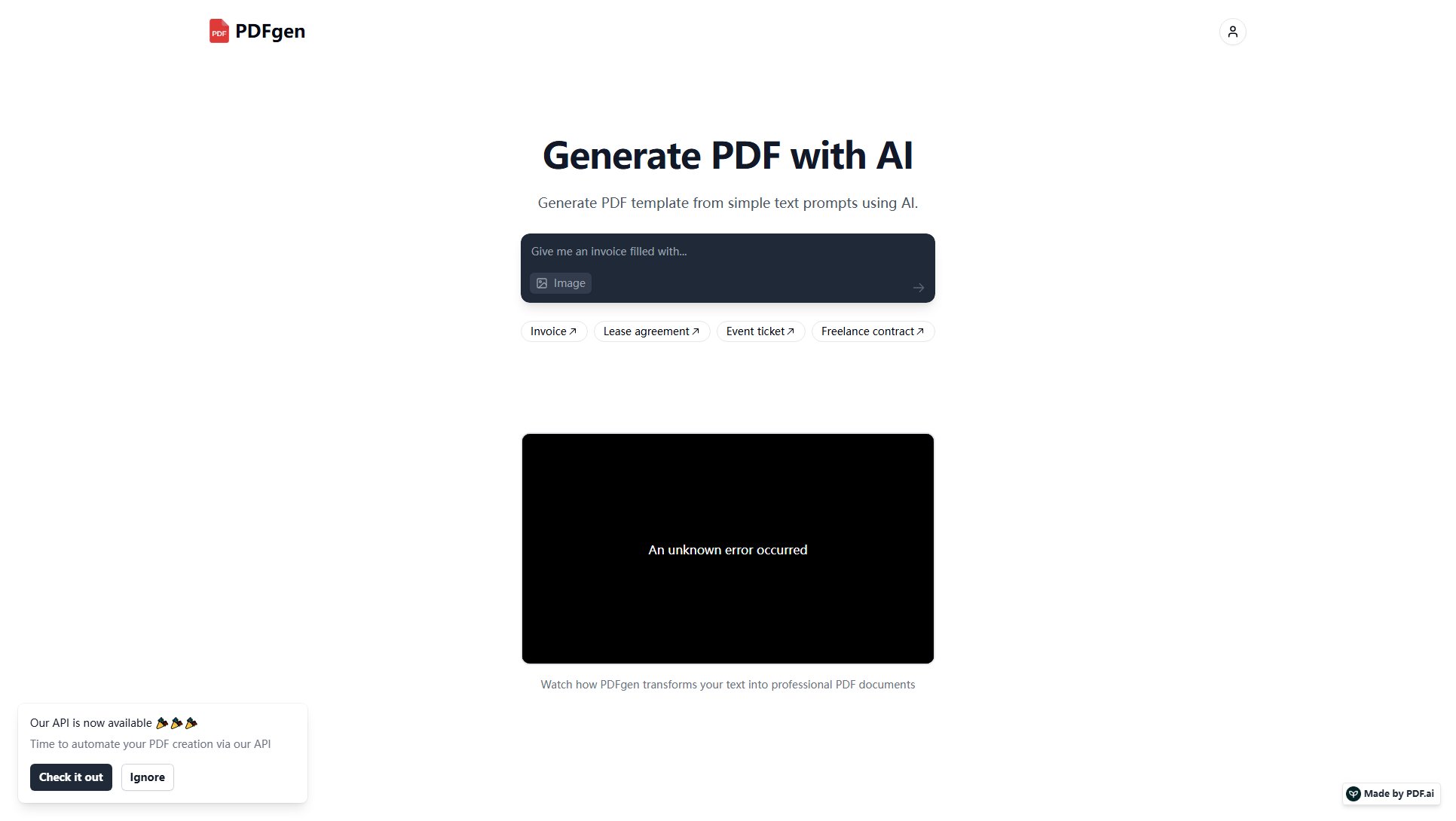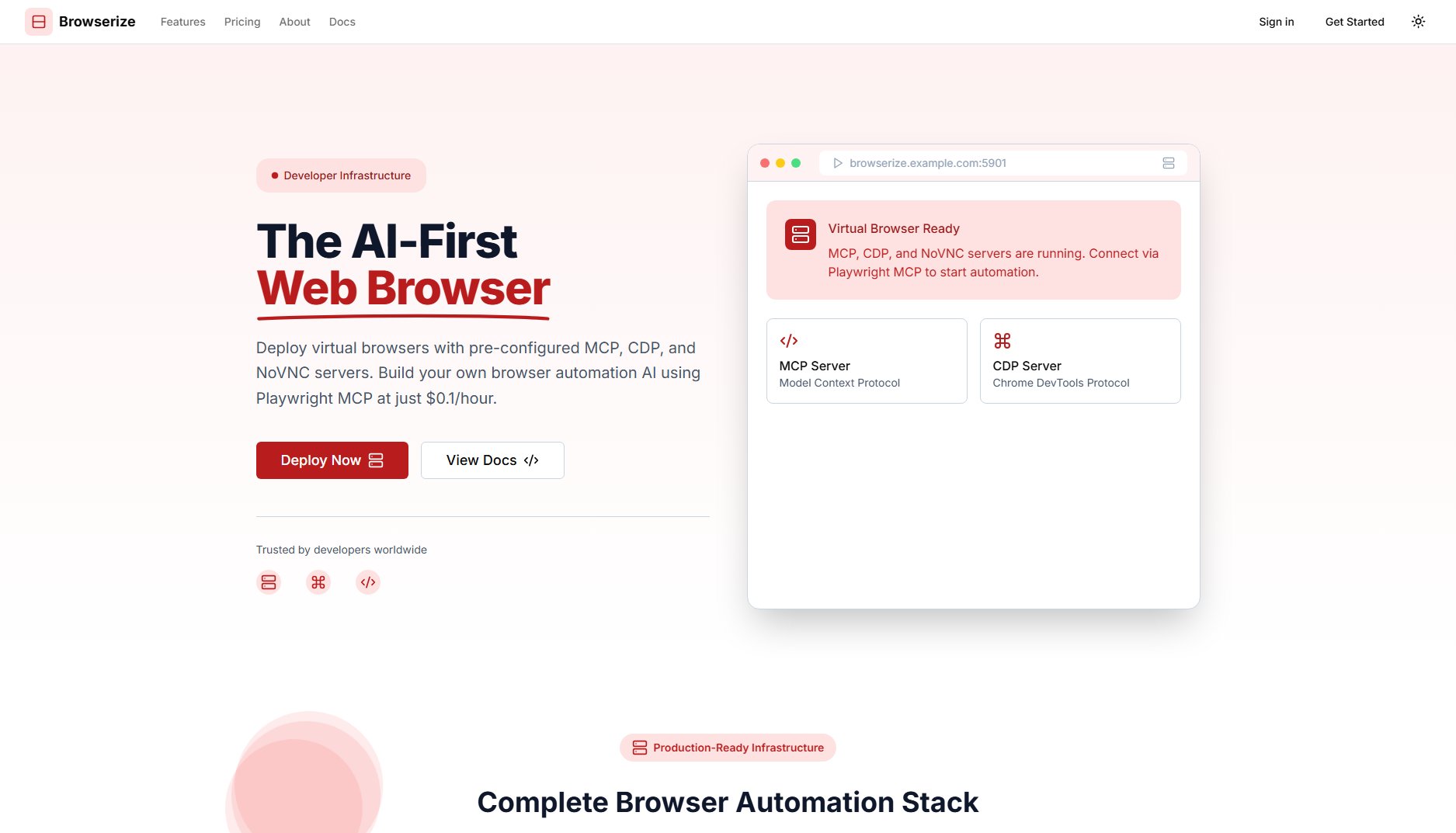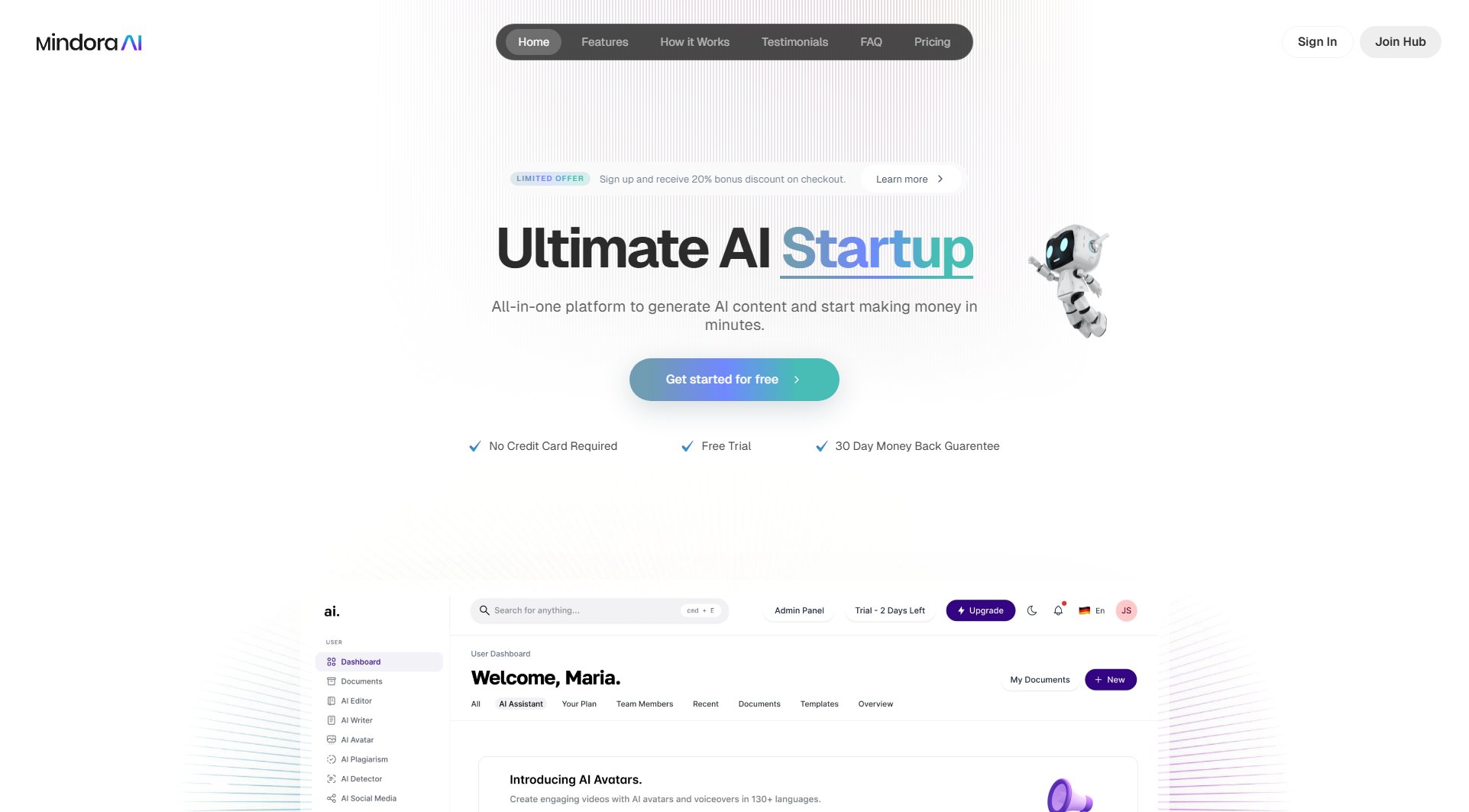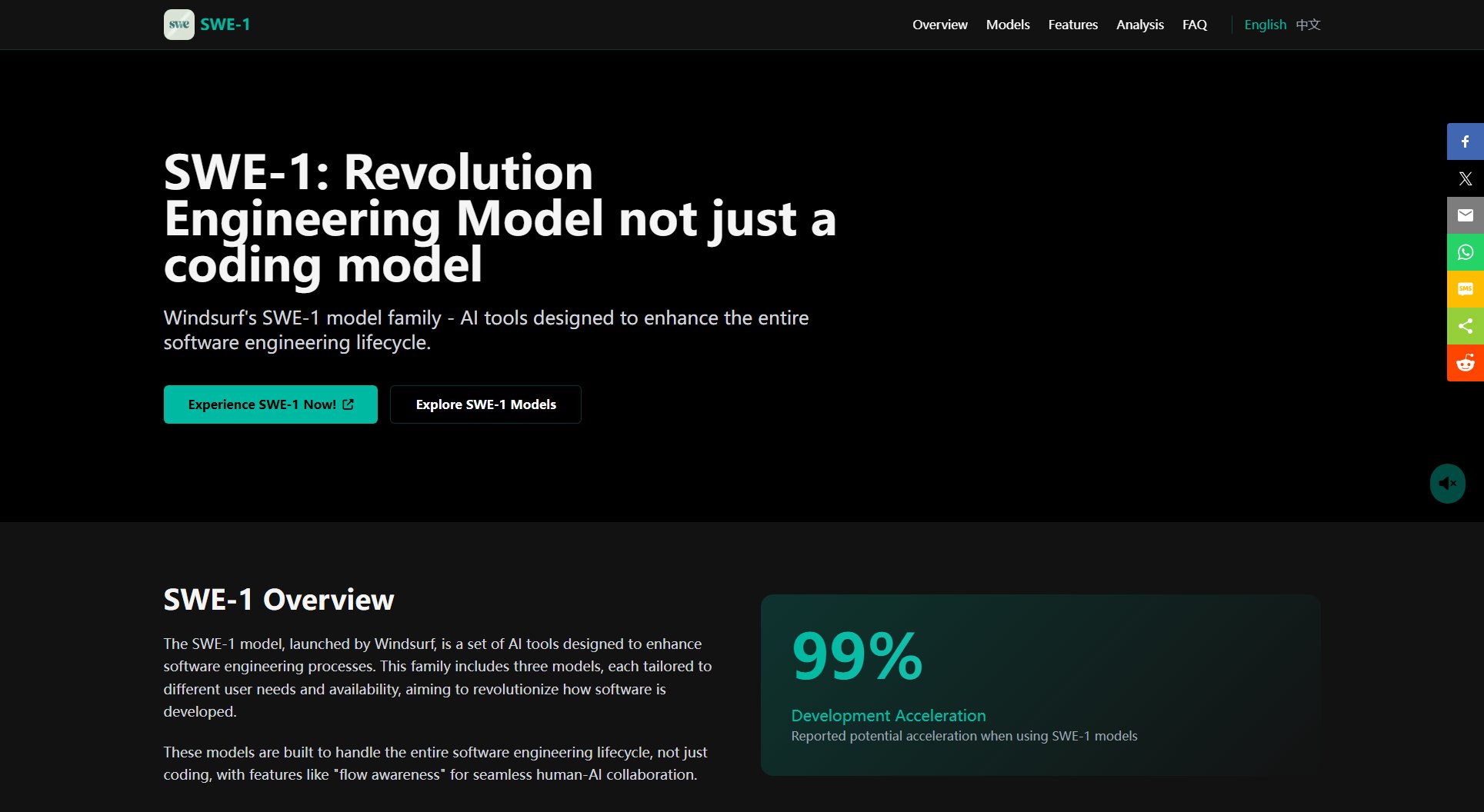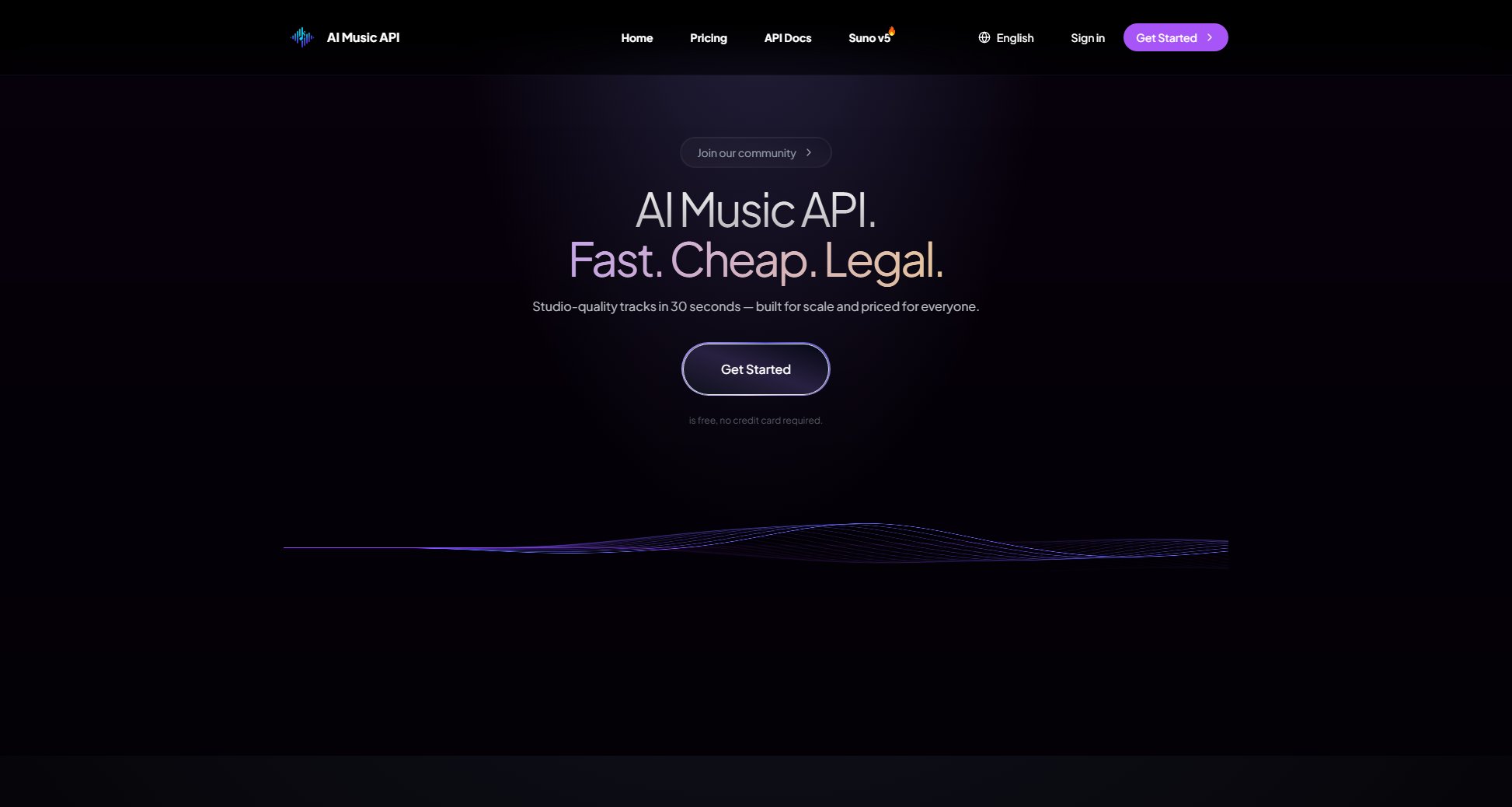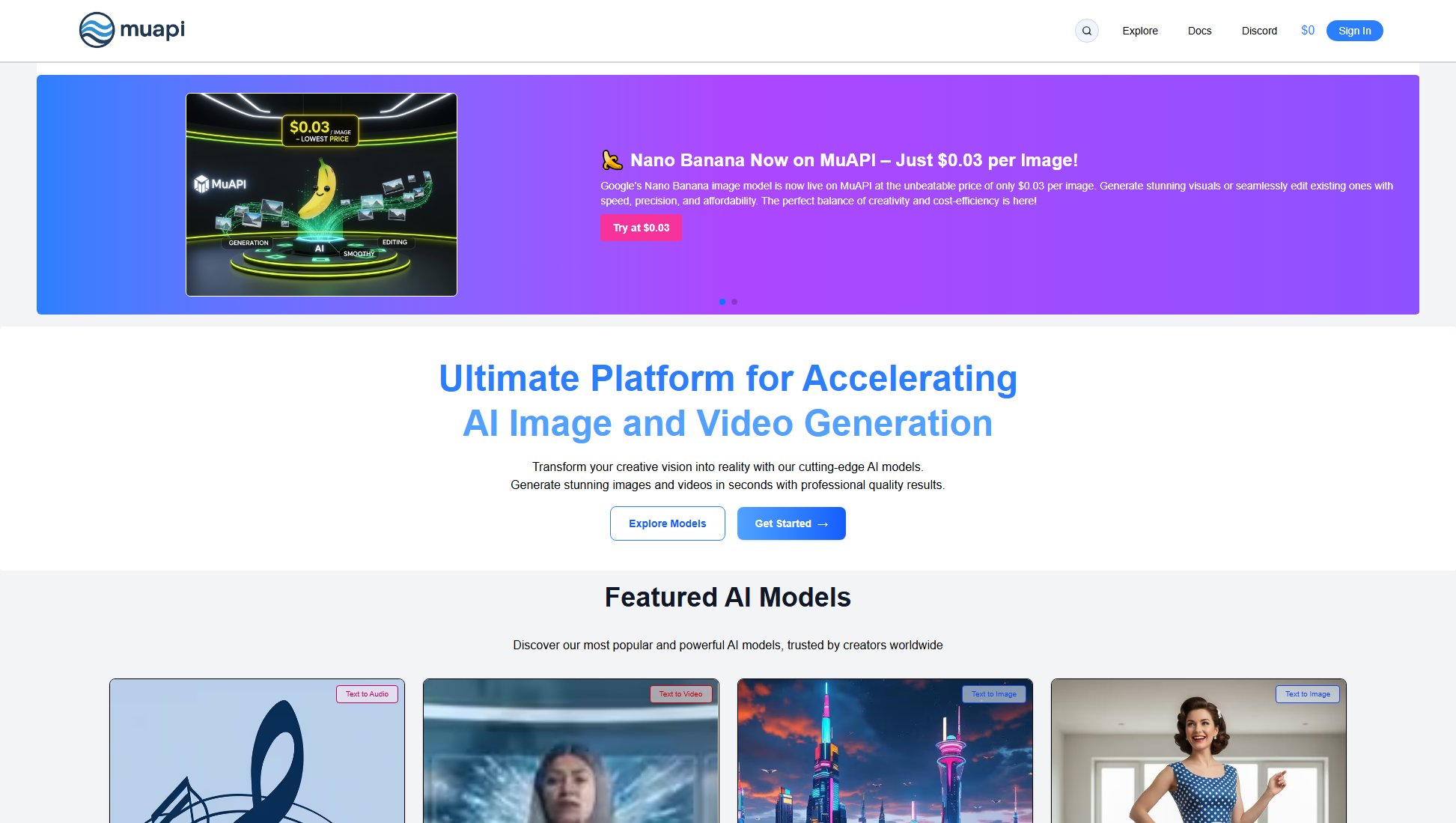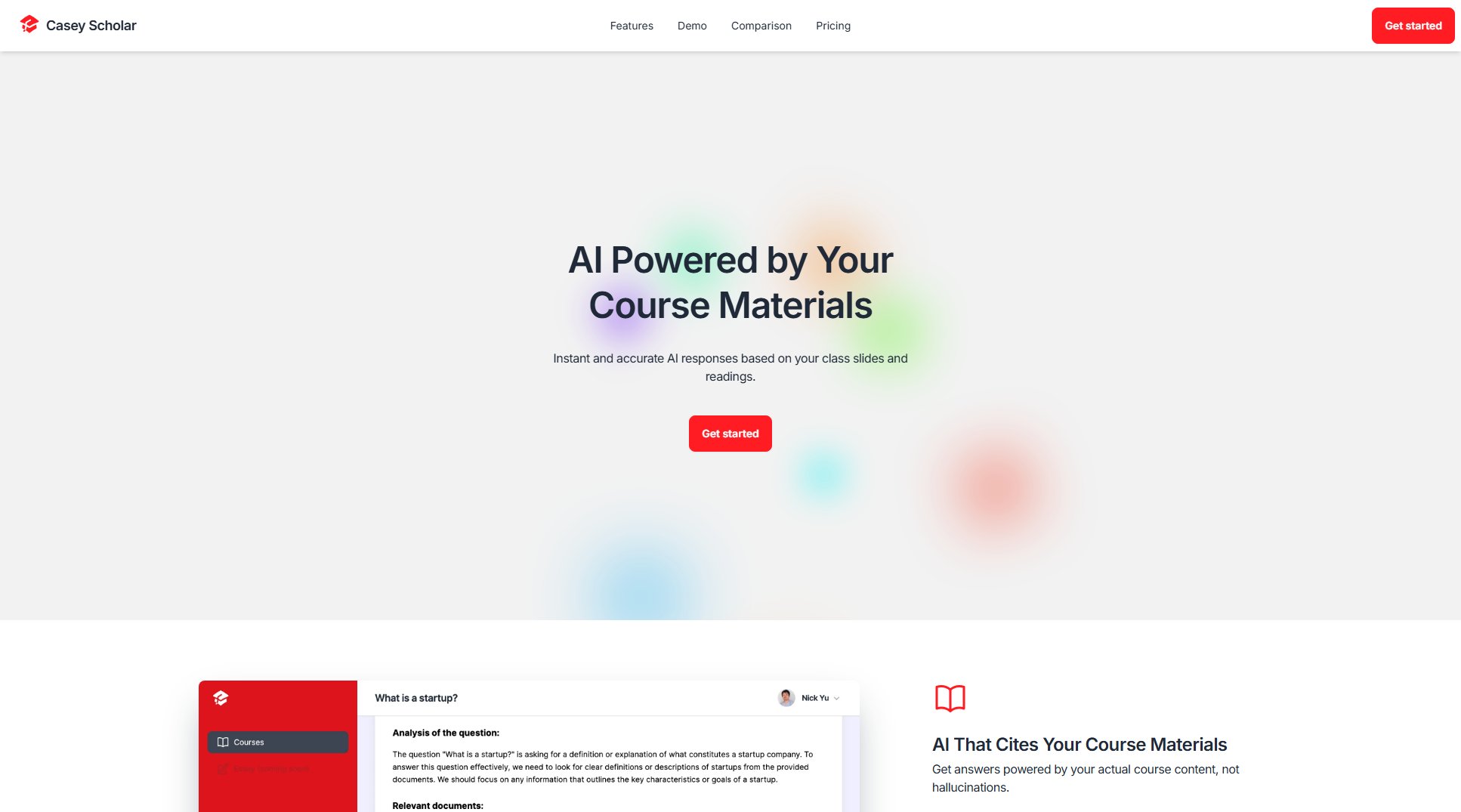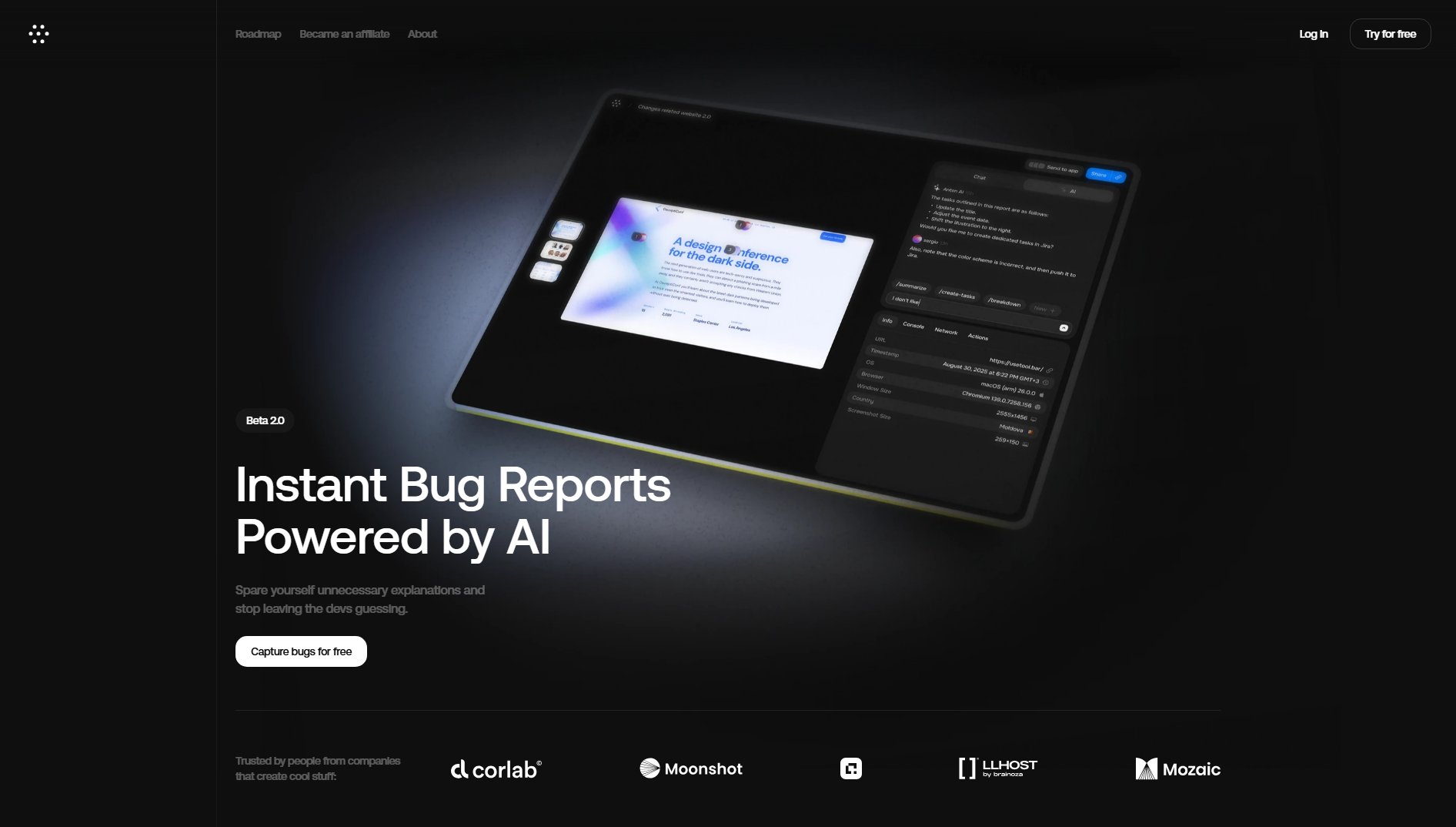Pynext
First Programming Language for Vibe Coding
What is Pynext? Complete Overview
Pynext is a revolutionary full-stack Python framework designed to simplify the development of web applications, AI tools, and SaaS MVPs. It eliminates the need for JavaScript by allowing developers to build frontends using pure Python, thus removing the complexity of context switching between languages and toolchains. Pynext is ideal for Python developers who want to create modern, responsive UIs without learning JavaScript or managing separate frontend and backend stacks. Its key features include PyX (Python-based templating), server/client components, and a smart CLI for fast deployment. Pynext targets developers building CRM systems, SaaS products, data visualizations, and AI interfaces, offering a seamless experience from idea to deployment.
Pynext Interface & Screenshots
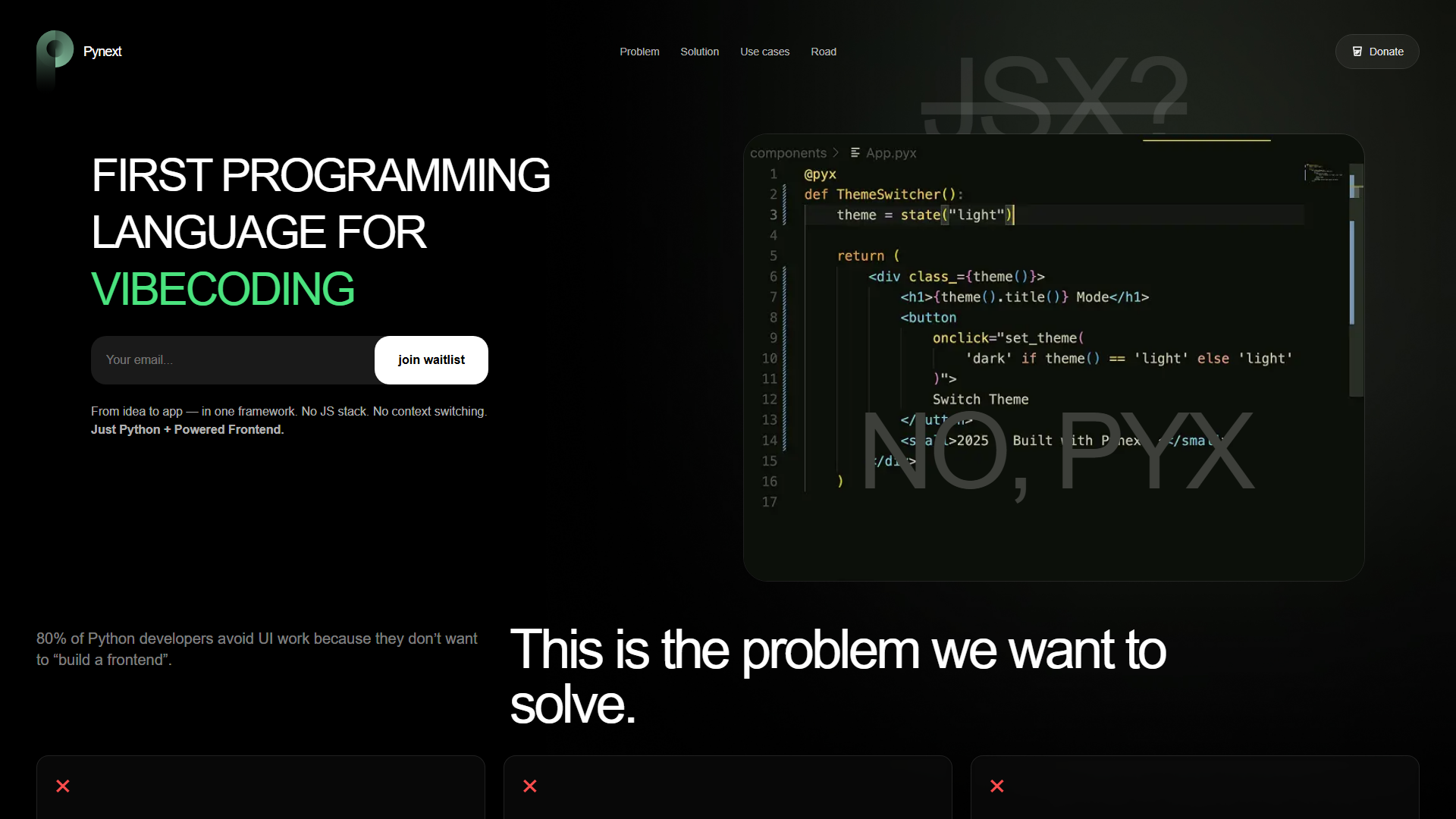
Pynext Official screenshot of the tool interface
What Can Pynext Do? Key Features
PyX
PyX replaces JSX with a Python-based templating system, enabling developers to write UI components in pure Python. This eliminates the need for JavaScript and simplifies the development process.
Server/Client Components
Pynext supports both server and client components, allowing for efficient rendering and state management without the overhead of traditional full-stack setups.
States & ViewBinding
Built-in state management and view binding make it easy to handle dynamic data and UI updates, similar to modern frontend frameworks but without the JavaScript dependency.
Router
Pynext includes a powerful router for handling navigation and page transitions, all configured in Python for a unified development experience.
CSS Modules
Styling is simplified with CSS modules, allowing developers to scope styles to components without the complexity of global CSS or preprocessors.
Smart CLI
The Pynext CLI streamlines project setup, bundling, and deployment, making it easy to go from development to production with minimal configuration.
Best Pynext Use Cases & Applications
Web Interfaces
Build modern web interfaces entirely in Python, eliminating the need for JavaScript and simplifying the development process.
SaaS Products
Rapidly prototype and deploy SaaS products with a unified Python stack, reducing time-to-market and development overhead.
Data Visualization
Create interactive data visualizations using Python libraries like Matplotlib or Plotly, with seamless integration into Pynext's UI components.
AI Interfaces
Develop AI-powered applications with Python-based frontends, allowing for tight integration between AI models and user interfaces.
How to Use Pynext: Step-by-Step Guide
Install Pynext using pip or your preferred package manager.
Create a new Pynext project using the CLI, which sets up the necessary directory structure and configuration files.
Write your UI components using PyX, defining states and bindings as needed for dynamic behavior.
Use the built-in router to define navigation paths and server/client components for efficient rendering.
Deploy your application using Pynext's deployment tools, which handle bundling and optimization automatically.
Pynext Pros and Cons: Honest Review
Pros
Considerations
Is Pynext Worth It? FAQ & Reviews
Yes, Pynext is designed to scale from small MVPs to large-scale applications, with features like server components and efficient state management.
Absolutely! Pynext integrates seamlessly with popular Python libraries, allowing you to leverage existing tools and ecosystems.
Pynext offers a modern component-based architecture and built-in frontend capabilities, unlike traditional frameworks that require separate frontend stacks.
Yes, Pynext is open-source and available on GitHub, with a growing community of contributors and users.
Pynext supports self-hosting and provides a deployment platform for Pro users, simplifying the process of going live.
